Coral Hawkfish
Cirrhitichthys oxycephalus
The ninjas of the reef, Coral Hawkfish wait patiently perching on rocks with their specialized fins. Their fins allow them to move rapidly and efficiently through the reef ready to pounce at the opportunity of passing prey like small fish and crustaceans.
Their small size paired with their agility and speed allows them to dart away from larger predators by maneuvering swiftly between the coral branches.
Coral Hawkfish tend to remain stationary when divers pass by, relying on their camouflaged appearance to keep them hidden.
They are similar in appearance and often mistaken for the Spotted Hawkfish but the Coral Hawkfish can be distinguished by the more vibrant red spots displayed throughout its body. This fish also has spots on the tail fin as opposed to the more brown coloured spots on a Spotted Hawkfish whilst having a noticeable brown spot behind the eye.
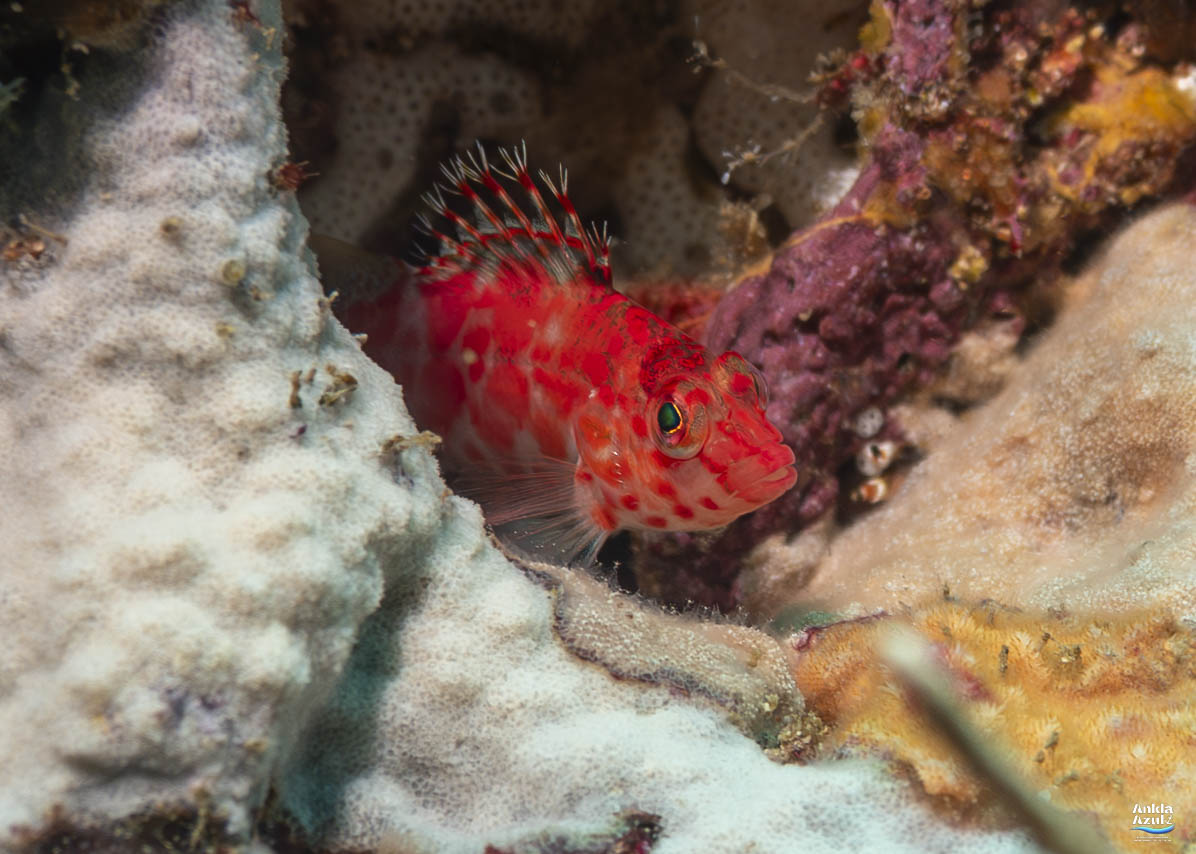
Ads
Common information about Coral Hawkfish
- 📇 Common Names: Coral hawkfish, Pixy hawkfish, Sharp-headed hawkfish.
- 🔬 Scientific Name: Cirrhitichthys oxycephalus
- 🐟 Family: Cirrhitidae
- 🏋️♀️ Weight:
- 📏 Length: Up to 10 cm. Its color varies from pale with gray to black spots to pink with bright red spots. It has small brown spots on the forehead
- 📍 Chance to see in Bahia Solano (Very High)
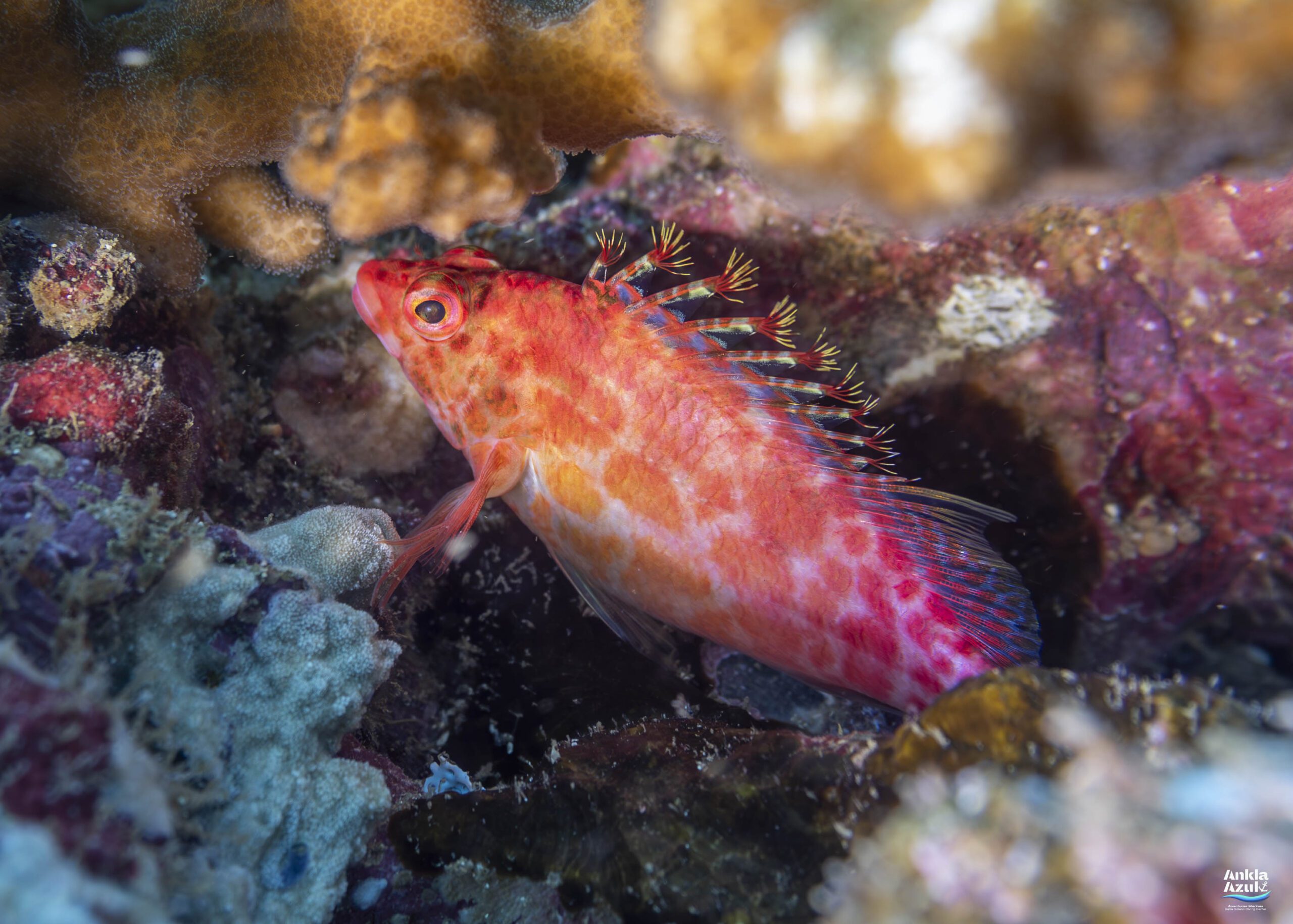
Ads
🧜♂️Habitat: It lives in rocky and coral reefs at depths up to 40 m (130 ft) in tropical waters of the Indian and Pacific Ocean. Males are territorial. Spawning takes place at night, with the female releasing a large amount of eggs which are fertilized by the male´s sperm. The eggs float in the open water at the surface and drift away by currents. It does not guard its eggs. When it is sexually mature, it transforms into a female. However, if necessary, it can change its sex again.
🥙Diet: It is a carnivore. It feeds on crustaceans and small fishes.
⛽️FUN FACT: It is hermaphroditic and lives in harems of several females to one male. If the male dies, one of the females will change sex and become a new male.
📍In Bahia: During the day it is usually seen while sitting on corals in 3-15 m. Meanwhile it likes to hide away during the night.
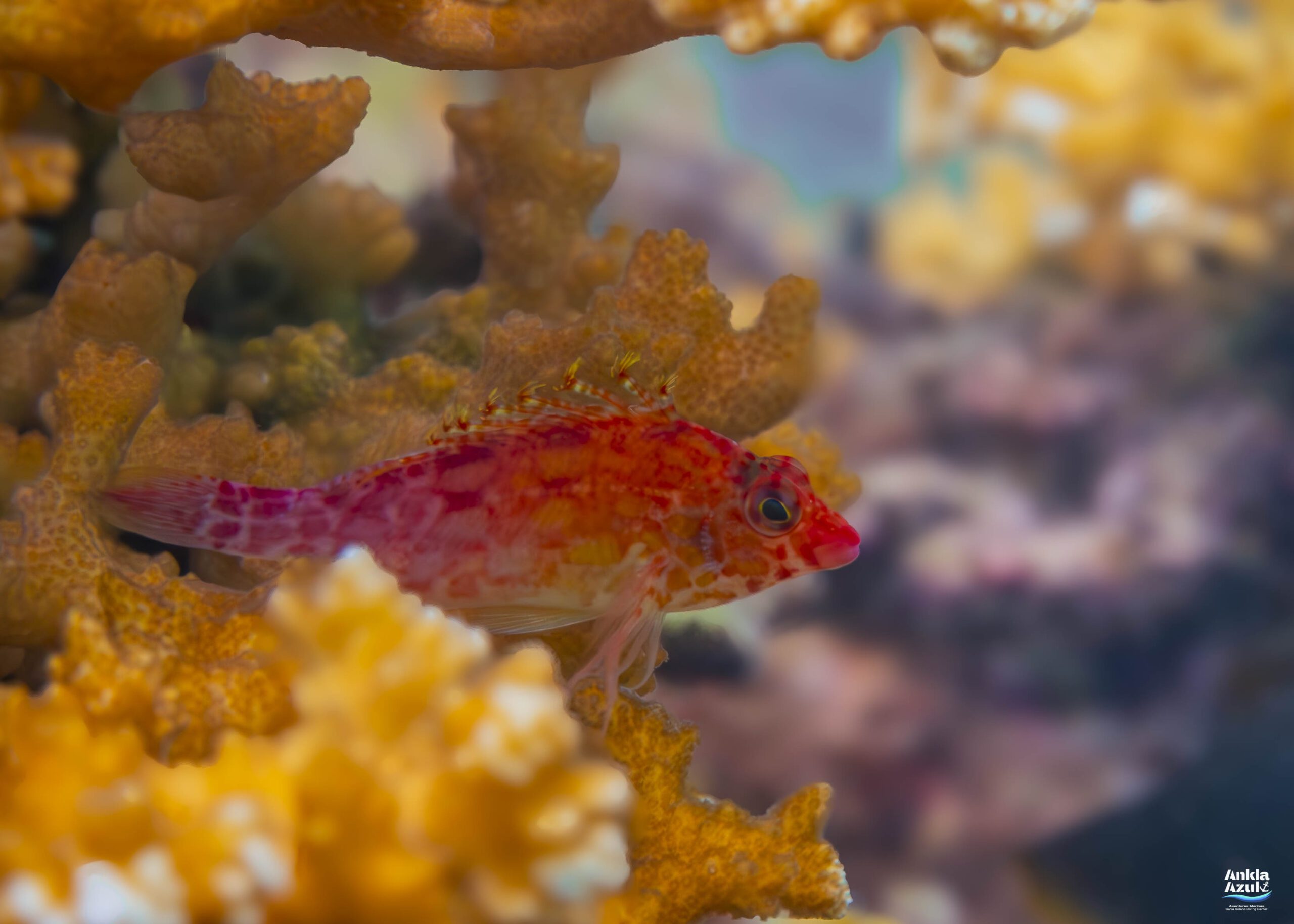
Watch What We Capture

More photos
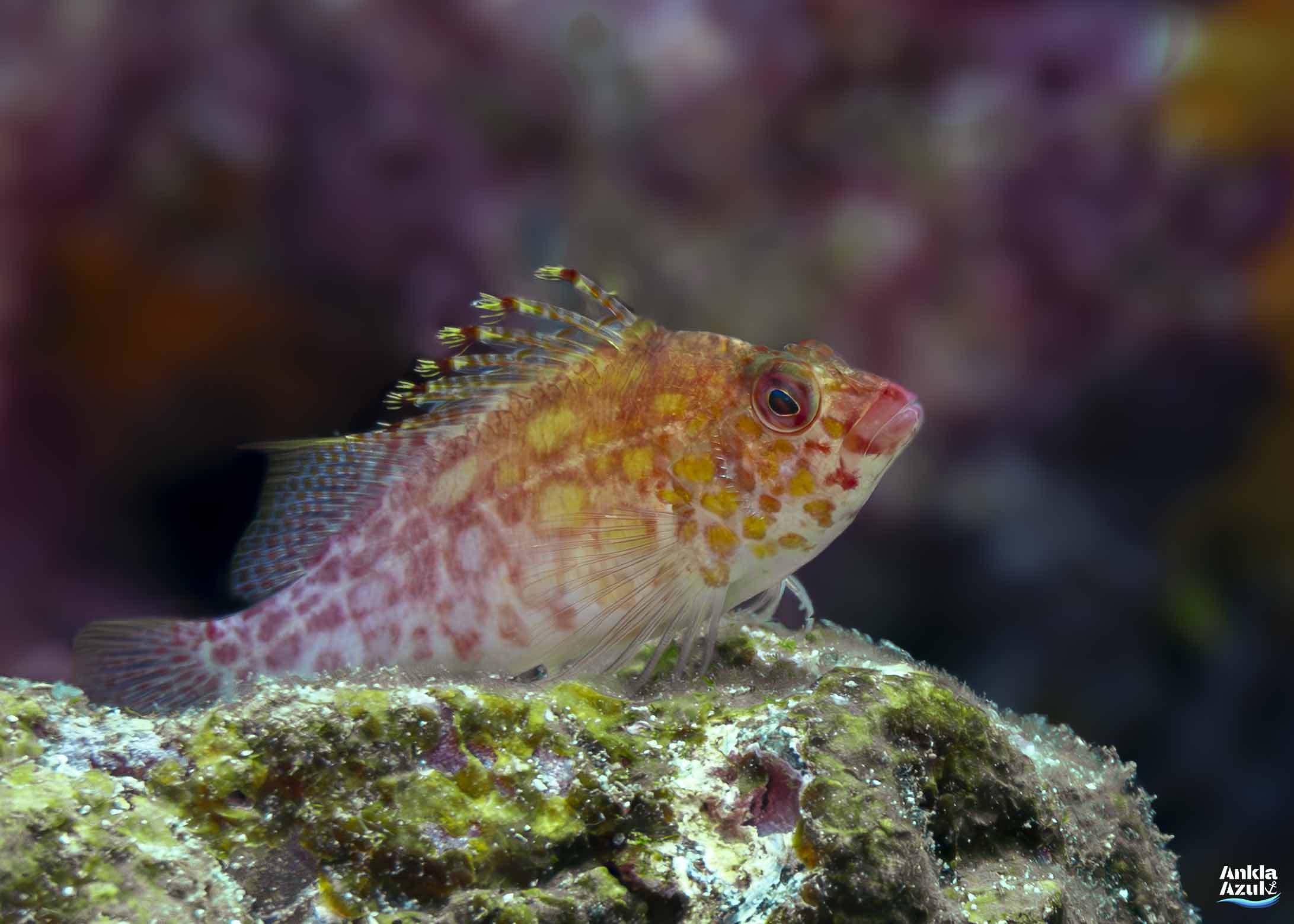
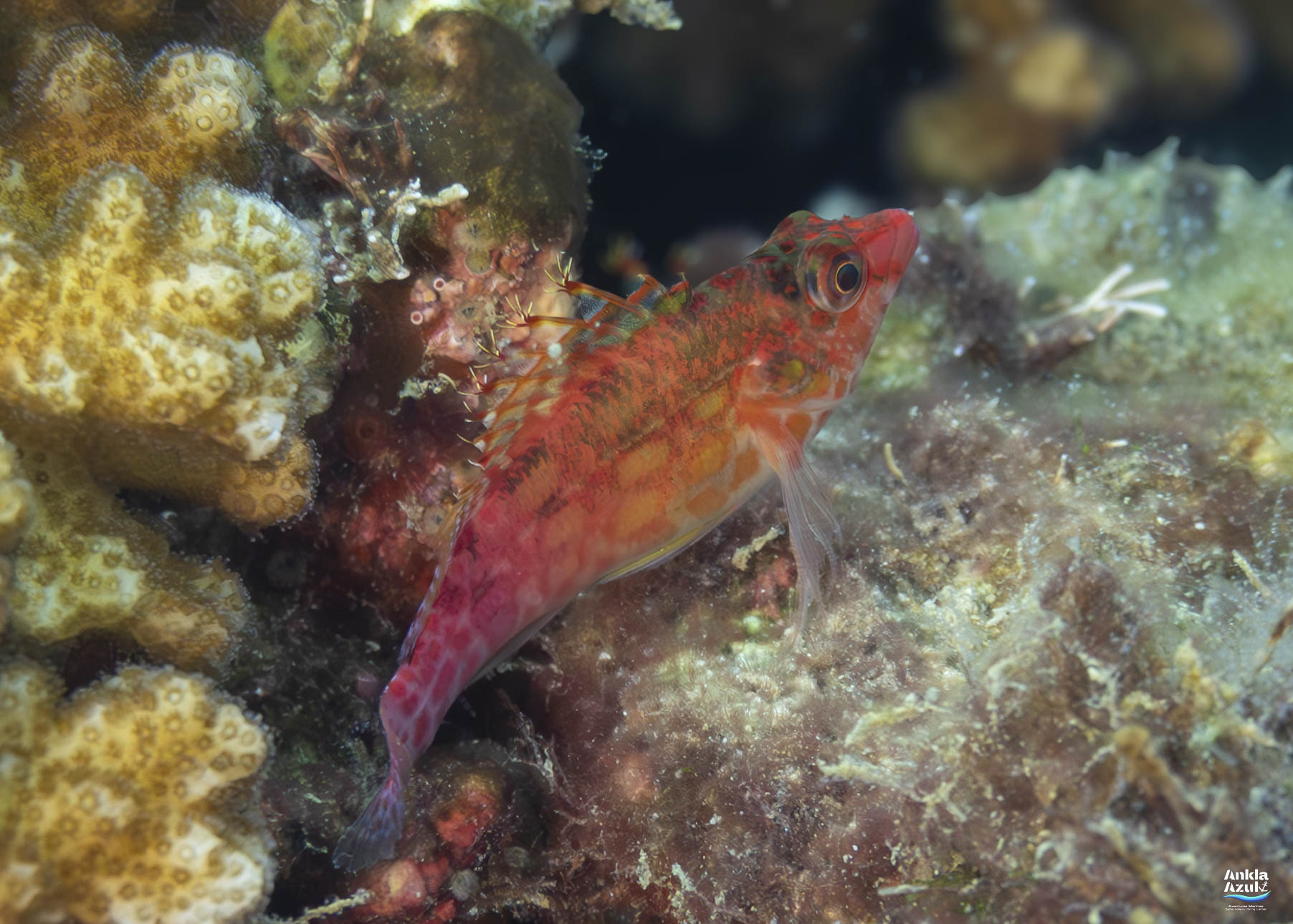
UNDERSTANDING MARINE BIODIVERSITY
The Significance of Fish Identification
Identifying fish species, such as the Spotted Boxfish in Bahia Solano, is crucial for marine conservation and research in the East Pacific Colombian Ocean. At Ankla Azul Bahia Solano Diving Center, our dedicated efforts in cataloging fish varieties help in preserving their habitats and understanding ecological dynamics. This knowledge is vital for developing strategies that protect these marine environments against threats and ensure their sustainability for future generations.
Join Our Conservation Efforts
Discover the vital role you can play in safeguarding the marine life of Bahia Solano. By learning more about our fish identification projects, including the Spotted Boxfish, you help us enhance our understanding and protection of these unique species.
OR
Donate
Photografer of this fish

Ja lvan
Insturctor & photografer
Ankla Azul Team
Ads
Check More Fishs






